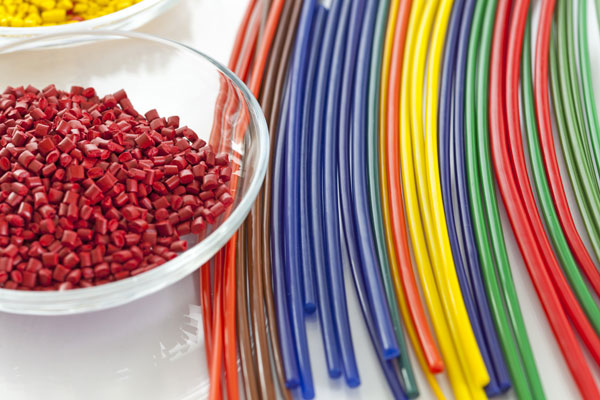




Phone: (914) 381-2400E-Mail: customerservice@marvalindustries.com

Masterbatch is defined as a solid additive used for coloring and imparting different properties into plastic. Masterbatch is done using a concentrated mixture of additives and pigments that are encapsulated in a carrier resin. The materials are cooled, cut into a granular shape, and then sent out for final manufacturing. It is important to remember that masterbatch is a general term, and many specific types of masterbatching are used. Each type of masterbatch has a set of pros and cons, and so it is important to pick the proper type of masterbatching based on your exact needs.
What are the different types of masterbatching?
White Masterbatch offers engineers a wide range of applications, including blow molded products, coating, lamination, and piping. White masterbatch adds a reflective element to plastic the reflects light whenever possible. You should use this type of masterbatch when you need superior dispersion, which is also an acceptable food grade.
Color Masterbatch greatly changes plastic resins so they can fit into specific applications. Shoppers do not just want products that function; they want products that also look good. Color masterbatch allows engineers and designers to create aesthetically pleasing plastic parts that attract a customer’s attention. In certain industries, colors are used for safety, and masterbatch makes this possible.
Additive Masterbatch adds extra performance characteristics that do not exist in plastic normally. It can help prevent deterioration from heat and UV radiation. Additive masterbatch can also add flame retardance to plastic, making it safe to use in high-fire areas.